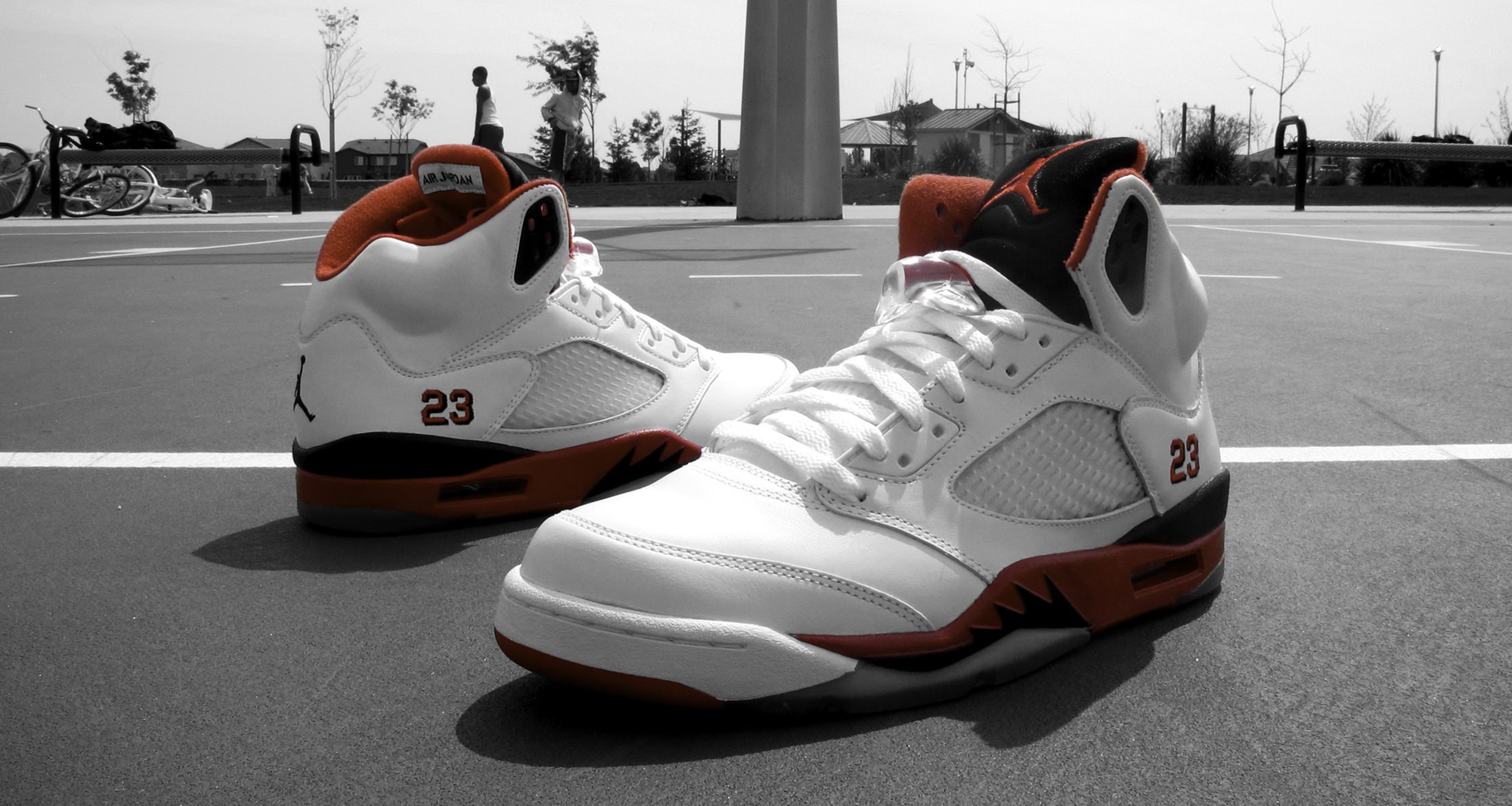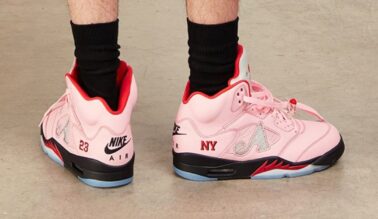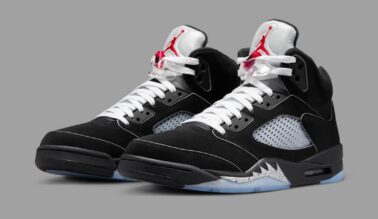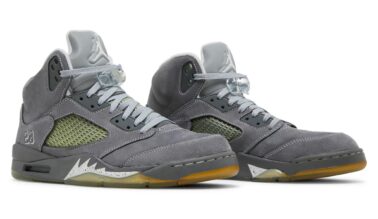This post may contain affiliate links. Please read our disclosure policy.
words by Sandy Dover
Nintendo. Seinfeld. Air Jordans.
These three things were not only at the top of culture in 1990, but they’re still at the top of culture today. Amazing considering all the technological advances that would otherwise affect and have affected all three.
Nintendo has been the pinnacle game system for over 30 years, and as Pokemon Go has shown, they keep pushing the boundaries of game entertainment. Seinfeld — God, Seinfeld didn’t even have cell phones or real Internet in the series, and it still remains as one of the elite-performing television shows while in syndication. And Air Jordans…once known as a pioneer in performance footwear technology, the shoes themselves have had an up-and-down track with the Air technology that so distinctly set the signature Michael Jordan series apart since MJ’s own final retirement.
While the Air Jordan today is back to fashioning itself within Jordan Brand and parent company NIKE, Inc. as a top-tier hardwood performer (which, it is, after languishing from frequent designer turnover after Tinker Hatfield departed from primary overseer duties in the 2000s), what we want to present is that the Air Jordan Retro Collection still has significance performance value even in 2017.
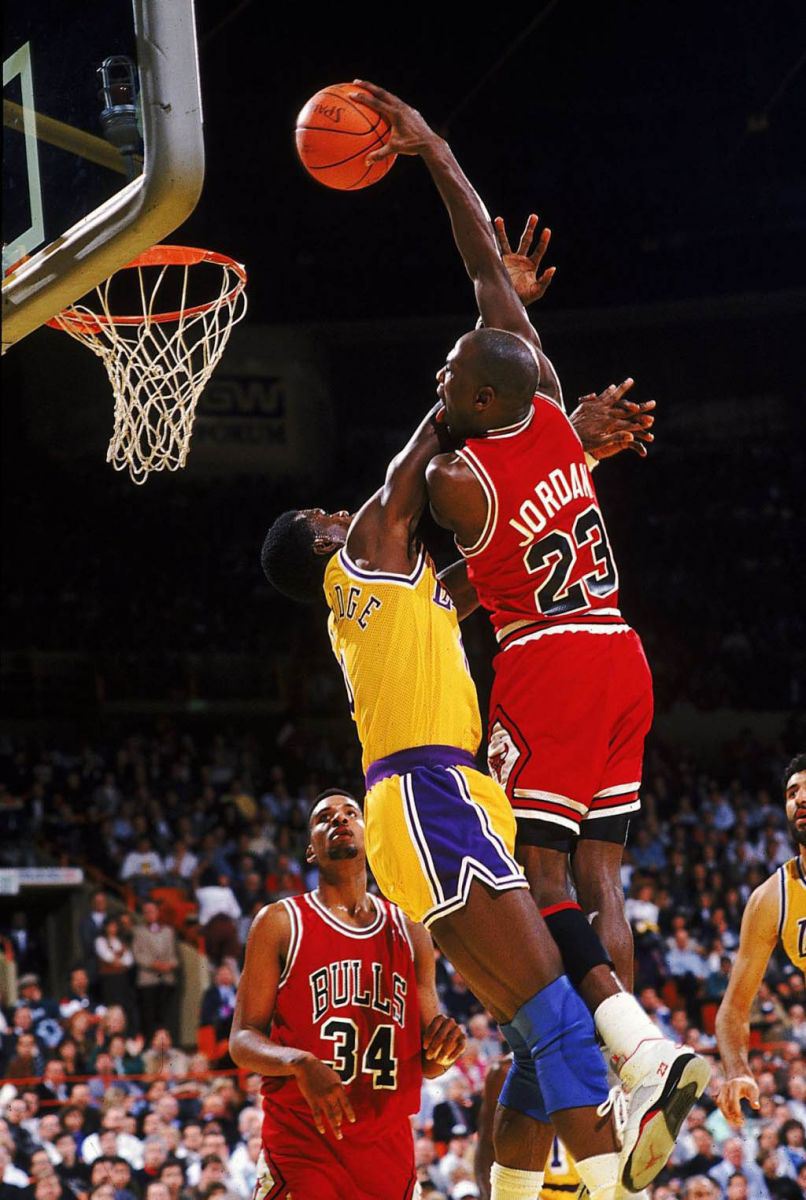
Do you know what Nike Air Jordan made its debut in 1990? That’s right, the Air Jordan V, or known today as the Air Jordan 5 Retro. 27 years later, the model still can hoop, and we’re here to let you know.
Let me skip the formalities and get right to it — the Air Jordan V is the best shoe I’ve ever played in. It plays great today, it played great 15 years ago when I first started playing in it, and I’m almost just as sure it played excellently back in ‘90 when it was the peak footwear equipment of hoops success. ‘So what makes them so special?’, you might be asking — I’ll tell you, but first with a little personal history.
I first starting wearing the AJ V in 2002 while I was in college. It was in those shoes that I won the first ever South Campus 3-on-3 Outdoor Basketball Tournament Championship at The Ohio State University, and they remained a mainstay in my hoops rotation when I scrimmaged members of both the Ohio State Buckeyes’ men’s and women’s teams during my time playing pickup and club ball, including Big Ten Players of The Year Jessica Davenport and Terence Dials (and former McDonald’s All-American Michelle Munoz). Though I started wearing them in times when I was waiting to receive fresh pairs from Eastbay, they soon became prime ballers for me, because of their overall resilience.
Why are they so special in 2017? Several reasons, with the first one being that the last and the sole together makes it easy for anyone of various sizes and positions to play in them. As they were advertised in ‘90, the AJ V was made to mold to the wearer’s feet. The polyurethane midsole and the generous width of the entire sole platform in the midfoot and the toebox makes it an easy wear for virtually any one person, and the removable sockliner amplifies its ease of wear for anyone who doesn’t share MJ’s own flat, low-arch last shape and requires additional orthotics (I love Air Jordans for that very reason, I have the same kind of instep as MJ).
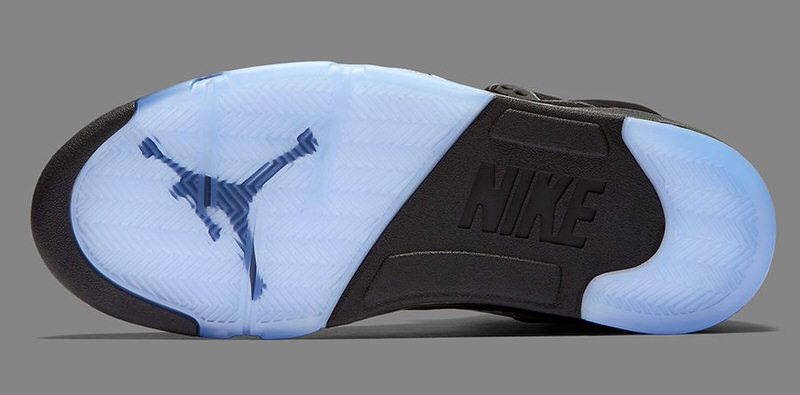
I mentioned the polyurethane, or PU, midsole. With break-in, the PU actually not only absorbs stress, but offers significant energy return in concert with the forefoot Air bag. Even I was surprised some 12 years after initial release that it provided me with the kind of response I expected from modern shoes of the time, like the Nike Air Zoom Payton IV and the Nike Zoom Turbine. I can’t vouch for any of the more recent Remastered versions of the AJ V, but my white/white-black-metallic AJ 5 Retro+ ¾ Hi still had the encapsulated Air, which I would engage more frequently with more and more wear. It was magnificent.
The genuine full-grain leather of both my 2000 Retro+ and my 2006 Fire Red Retro would stretch, so tying them up required more effort as the years passed, but between the synthetic midfoot panel cages, the thermoplastic urethane eyestays, and the proprioceptive high-cut molding around the ankles and dip-low cut to the Achilles’ heels, lockdown in the AJ V has historically been easy to achieve in my history with the model. Speaking again to that same asymmetrical cut of the AJ V from the ankles to the Achilles’ heels, the model was more nimble-performing than for the credit it’s been given. Even laced high today to its ninth eyelet, its design allows a kind of “Jack be nimble, Jack be quick” attribute to the player (it should be noted that MJ won NBA MVP in the AJ V, and spent much of that season playing point guard).
Impact protection? Present and accounted for, with the said PU and the large-volume visible Air unit in the heel. Traction? Excellent, considering the deep flex grooves in the forefeet and equally deep herringbone rubber pattern given to the forefeet and heels (my AJ V lasted five years of constant indoor-outdoor play before breakdown, and the grooves were still in great shape). Overall fit? Great, because of the multi-optional lacing system which also allows the wearer to modify how wide or narrow the AJ V synches up; because of this, even with age of the full-grain leather models, it could always be reigned into your feet’s needs of security; also, the toebox has a high ceiling, so your toes can splay with more freedom than typical hoop shoes.
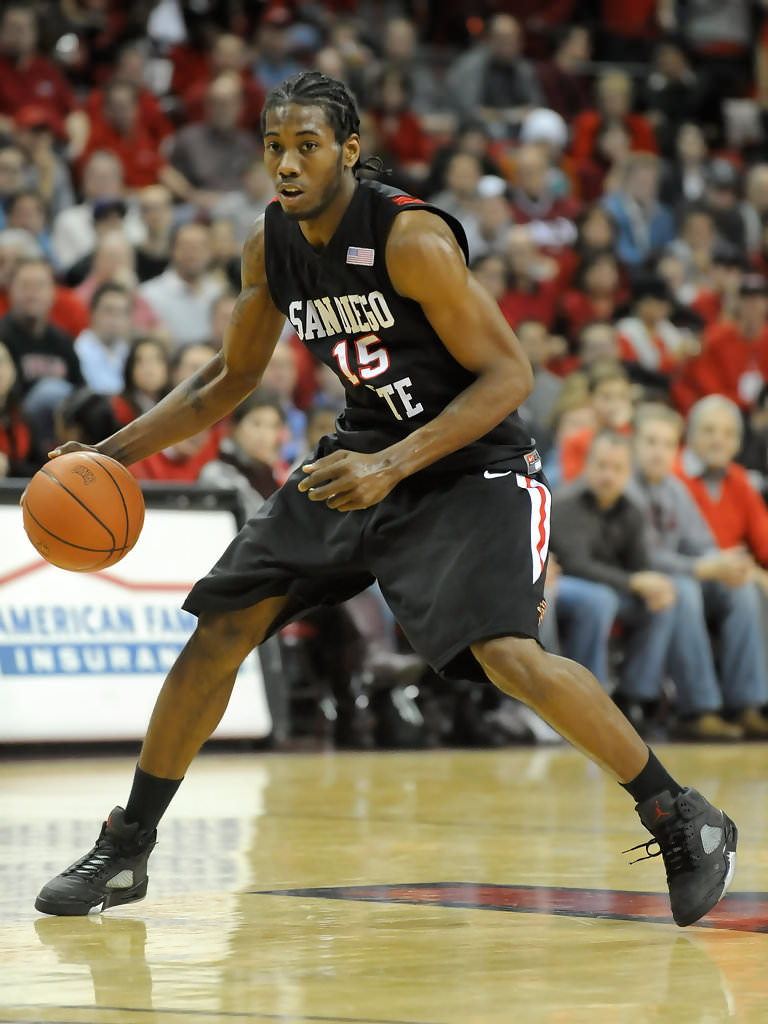
Now, of course, for a shoe made in 1990, that’s 27 years of technology that it’s fallen behind in some shape, form, or fashion. If the AJ V could be improved upon today by proprietary Jordan standards, it would be excellent with either a true carbon fiber shank plate under the arch bridge, and I’d actually recommend something closer to the forefoot-midfoot shape of the current Pebax moderator plate of the Air Jordan XXXII (if not a full-length CF or Pebax plate altogether); this would literally moderate the stress that the feet absorb in jumps and would reduce the occurrence of turf toe, or metatarsal hyperextension (something I personally am dealing with from training). Add to the AJ V augmentation the substitution of large-volume Zoom Air bags in the forefeet for the original orthodox forefoot Air bags, for added cushioning and spring (and laid atop the visible heel Air, additional Zoom bags). Phylon would become the foam of choice over the original PU foam midsole. Retention of the full-grain leather at the heel would keep a luxurious touch, but full replacement of the genuine leather everywhere else in exchange for high-grade synthetic would keep the AJ V in its original shape and allow it to age more gracefully with wear and in its own performance. Oh, and actual true perforations under the midfoot TPU cage panels would be divine for more effective breathability.
(I’d even propose the commission of a Flyweave AJ V, a Flyknit Battle x Flywire AJ V, or even a modified synthetic leather AJ V with Engineered Mesh toeboxes and quarter panels for enhanced breathability, all with full-length bottom-loaded Zoom Air).
Now, sadly, I say that none of you who have read the prior paragraph should actually expect Jordan Brand to do any of this. Considering years of cost-cutting production and shortchanging Retro models with exclusion of various forms of Nike technology that made Air Jordans so special in the first place, don’t count on any major upgrades happening to any of the older models, no matter how common-sensical said augmentations would be.
That all said, the AJ V is a great hooper in 2017. There’s no Lunar, Flyweave/-knit/-wire, or Podulon involved like is expected in other signature series like the CP3 or Melo lines, but everything that made the AJ V an excellent in 1990 still makes it a good shoe today.
Fly high, guys (and gals).
